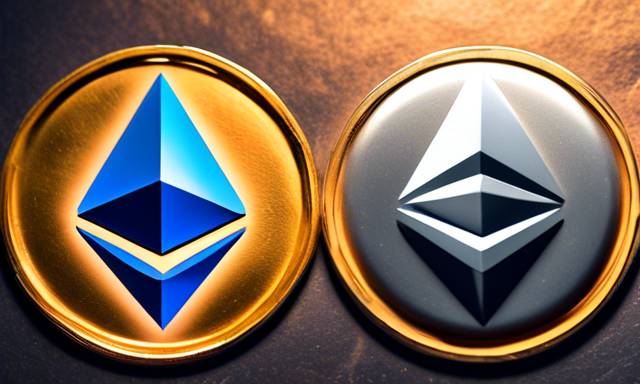Unlocking Ethereum’s Potential: Token Dynamics and Implications 🚀
The Ethereum (ETH) framework consists of several second-layer blockchains (L2s) that consistently release millions in native tokens. These significant releases can lead to substantial selling pressure in the market, often resulting in declines in price as institutional investors sell to retail consumers.
This year, two highly regarded Ethereum L2s are set to unlock approximately $100 million worth of tokens. Recent data shows that this will occur over a duration of one week, initiating from September 14. The two networks, Arbitrum (ARB) and Starknet (STRK), will account for approximately $74.69 million of the total $116.86 million to be released from 13 different cryptocurrencies during this period.
Arbitrum stands out by unlocking a total of 92.65 million ARB tokens on September 16, which equates to around $49.17 million. Starknet will follow closely behind with a release of 64 million STRK tokens on September 15, worth about $25.52 million.
Ethereum’s Layer-2 Scaling: A Controversial Path 🔍
Back in 2018, Ethereum’s co-founder, Vitalik Buterin, envisioned a future where cryptocurrencies would rely heavily on proof of stake and sharding technologies.
“Blockchains of the future with proof of stake and sharding will be thousands of times more efficient, and so the efficiency sacrifices of putting things on a chain will become more and more acceptable.”
– Vitalik Buterin
Nevertheless, the focus of Ethereum developers shifted away from implementing sharding, opting instead for a multi-layered scaling solution after struggling to effectively incorporate sharding into the framework.
In contrast, alternatives such as MultiversX (EGLD) have managed to apply all three forms of sharding successfully. Justin Bons, a prominent figure in the crypto space, referred to this technology as the “technological Holy Grail of crypto.”
During a debate hosted by Laura Shin, Bons expressed skepticism towards Ethereum’s layer-2 scaling strategy, suggesting it is characterized by centralization and effectively functions as a parasitic system against ETH. His critiques highlight underlying issues with the tokenomics of Ethereum’s secondary layers.
Arbitrum (ARB): Unlocks and Inflationary Concerns 📈
Bons’ discussions raised crucial points about the financial interests tied to Ethereum L2s. Concerns arise from the vesting contracts that allow early allocations to venture capitalists, creating incentives for them to sell these tokens whenever market prices are favorable—a strategy he referred to as “predatory.”
In terms of monthly unlocks, Arbitrum presents a concerning trend regarding token values. The same 92.65 million ARB tokens that unlocked in June were valued at approximately $85.37 million. By the time July arrived, a new allocation of Arbitrum tokens was valued at around $65 million, resulting in significant losses of 42% and 24%, respectively, over these subsequent months.
To navigate this landscape intelligently, it is essential to stay informed about ongoing token unlocks and their potential effects on market dynamics. Heightened selling activity could be detrimental, impacting the overall price performance of these cryptocurrencies in the long run.
Hot Take: Understanding the Landscape of Ethereum’s Layer-2 Solutions 🔥
As a participant in the crypto space, you should consider the implications of layer-2 token unlocks and their potential to affect market stability. By staying updated on these activities, you can make more informed decisions regarding your involvement in Ethereum and its associated systems. Recognizing the fundamental challenges and evolving strategies in the Ethereum ecosystem may help you navigate potential risks and opportunities effectively.





 By
By
 By
By


 By
By